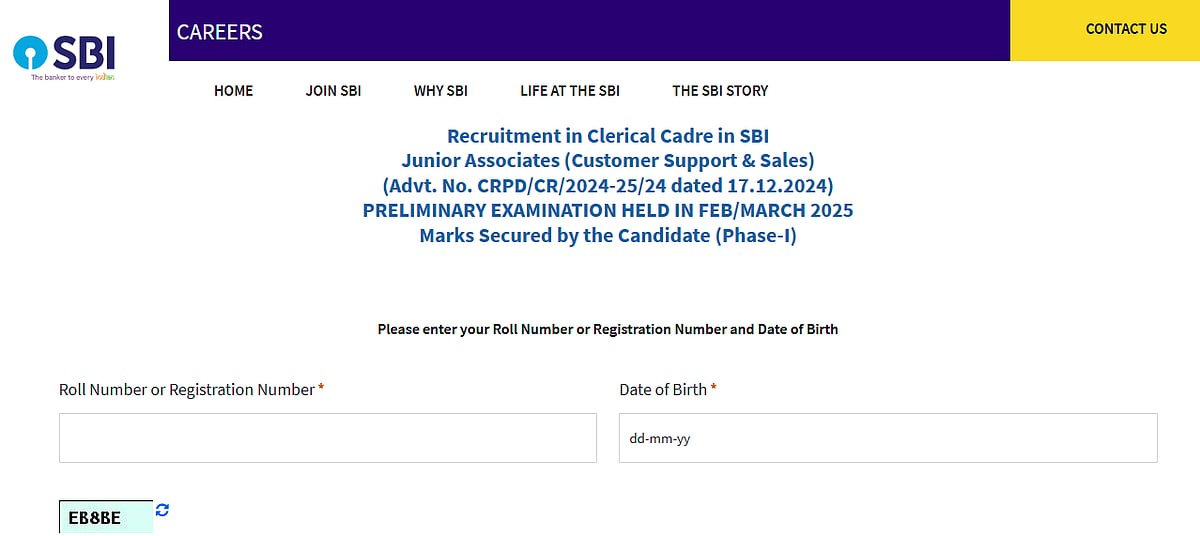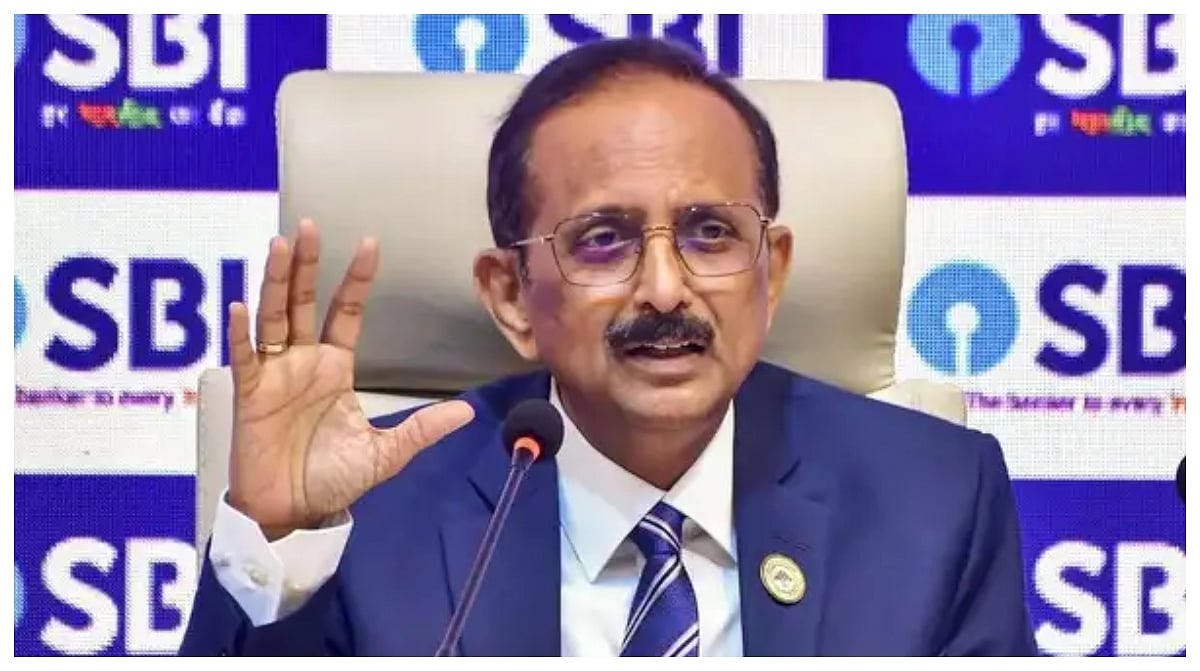Financialisation of savings is growing in the country, and the assets under management will grow to nearly three-fourths of GDP in five years to FY2027, a report said on Wednesday.
In absolute terms, the AUM of the managed funds industry will grow to Rs 315 lakh crore in FY27 from Rs 135 lakh crore in FY22, the report by an arm of credit rating agency Crisil said.
For long, policymakers have been desiring to increase financialisation of savings, which entails diverting savings away from physical assets like gold and real estate to financial ones like mutual funds, exchange-traded funds, equities etc.
A buoyant debt and equity markets on the back of excessive liquidity over the last few years have helped the entire financialisation agenda, it said, warning that a prolonged disruption in the financial markets or liquidity conditions can impact investor experience.
"Much has happened in the investment landscape over the past five fiscals, yet the industry has barely scratched the surface given the potential in different categories — and compared with how such assets have grown in the developed countries," Ashish Vora, the head of Crisil market intelligence and analytics, said.
Directed efforts at financial inclusion, digitalisation, a longer-term trend of rising middle-class disposable incomes, and government incentives on these instruments have better channelled these savings to the industry have also helped, the report said.
The company's senior director Jiju Vidyadharan said there is a need to focus more on the distribution front to increase penetration and financial awareness in the hinterland, and the segment will have to be incentivised sufficiently to help.
He said the industry needs to boost understanding of its products, and move to education from mere awareness.
"Also, having directionally similar taxation and regulation would send out a more coherent message, helping investors take better-informed decisions based on their risk-return profiles rather than spend time grappling with various complexities,” Vidyadharan said.
Enhancing investor experience and attracting domestic flows with suitable product structuring will enable industry growth, the report said, adding that building a strong foundation based on transparency, disclosure, and investor communication will be crucial.








